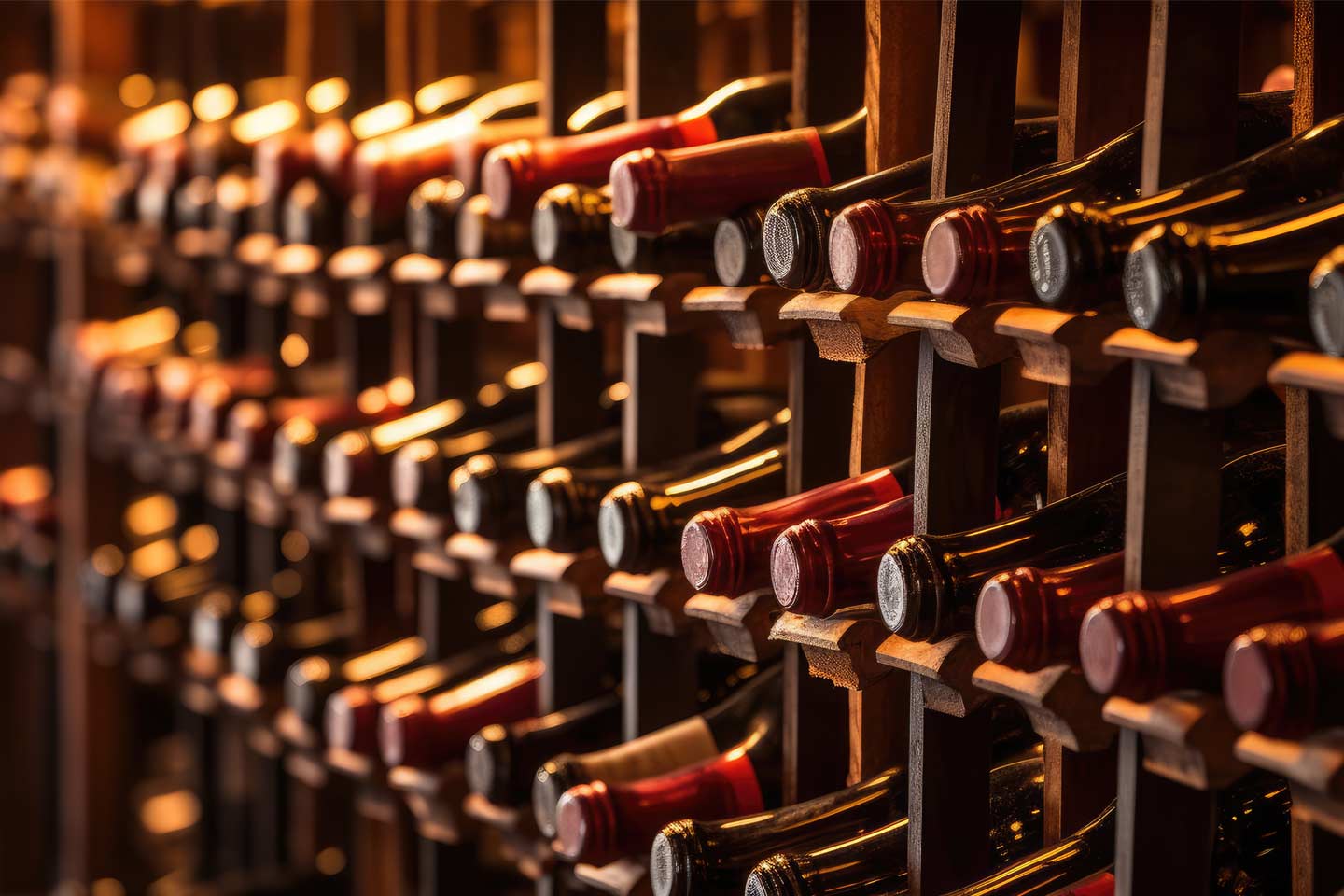Ever been curious about how the Guide Rouge - the Michelin Guide - became the last word in gourmet dining around the world? Well, so were we.
A short history of the Michelin Guide
Let’s start with the fact that the Guide Michelin was originally conceived by brothers André and Edouard Michelin not in the name of gastronomy or even tourism, but simply as a way to sell tires. A 400-page first edition was hastily compiled and edited just in time for the 1900 World’s Fair in Paris, released with the sole purpose of getting French drivers into their cars, out on the road, driving between towns - the bankable theory being that they would eventually need to buy new tires. While other tourist guides at the time targeted the rail traveler exclusively, part of the Guide Rouge’s allure was that it pointed out some places that remained unserved by train. At the time, there were less than 3,000 registered automobiles circulating in France, so it was quite a gamble to produce 35,000 copies of a guide specifically targeting drivers - especially one that would be offered free of charge. It almost sounds silly, like sponsoring exercise to sell more food, but it worked: the guide became popular quickly, with a Belgium guide appearing in 1904, followed by Spain and Germany in 1910. Other European countries followed as Michelin become synonymous with unbiased reviews.
So, what information did that original red guide have inside?
In fact, it was mostly a technical resource for drivers, complete with road maps, an alphabetical listing of all towns in France, the distance between towns, instructions on how to change a flat tire, lists of hotels ranked by price, and precise locations of gas stations and Michelin tire retailers around the country. Restaurants starting getting their own entries only in later editions, but the star rating system exactly as we know it today didn’t make its official début until 1933.
Guide Michelin's star rating system
Star Rating System
1-star: A very good restaurant in its category
2-star: Excellent cooking, worth a detour
3-star: Exceptional cuisine, worth a special journey
Restaurants with an entry but no star are deemed worthy of a visit by Michelin by their very inclusion, and those with no entry are simply not recommended. Emphasis is on location and journey all expressly worded for the driver in mind. While today the frequenters of three-star restaurants around the globe might be more jet-set than auto-club. One thing is for sure: traveling for good food was made popular by the Guide Rouge. And Just like the world of tourism has gone global, so too has the guide. Today the Michelin Guide collection comprises 26 guides covering 23 countries on three continents. The guide first went online in 2001, and the first US guide - New York City - came out in 2005. Brazil saw its first Michelin coverage in 2015, when guides were released for the cities of Sao Paulo and Rio.
So who gets to be in the Michelin Guide?
Even if you’re only slightly familiar with the Michelin guides, you may have heard about its infamous inspectors, who frequent restaurants anonymously and rate them. According to a 2005 study by the Cornell Hotel and Restaurant Administration Quarterly, which restaurants end up with entries in the guide is determined by “a rigorously selected and trained team of inspectors.” The study also notes the independence of the guide:
Unlike some competitors’ versions, all meals and accommodations used by its inspectors are fully paid for by the Michelin organization.
Indeed, André Michelin started charging for the guide in 1926, no longer accepting paid advertisements from hotels, and the organization is quick to point this out still today.
According to Michelin, in order to remain 100 percent anonymous, inspectors never take notes while dining, and they strictly apply five criteria when rating a restaurant: The last of the criteria may just be the most important for restaurants earning a star or more. Although there does not seem to be an exact number of visits that an inspector pays to each restaurant they rate, they are visited several times by inspectors before a guide is released, according to Michelin in a 2009 article in The New Yorker magazine.
The criteria rating of the Michelin Guide
Five Criteria Rating
Product quality
Preparations and flavors
The chef's personality as revealed through his or her cuisine
Value for money
Consistency over time and accross the entire menu
If an air of secrecy exists around the guide, it has everything to do with its inspectors, deemed “famously anonymous” by Michelin itself in a 2009 ad campaign. Inspectors are not typically allowed to speak to the press or reveal their identities, nor are they encouraged to reveal their profession to their families. In an October article in Vanity Fair, an inspector - during a call where the journalist was not able to see her or learn her name - quipped that being a Michelin inspector was like “the C.I.A., but with better food.” There has also been no shortage of controversy surrounding the guides over the years, with one inspector, Pascal Rémy, being asked to leave Michelin (and later sued by the company) after publishing a juicy tell-all on the guide in 2004 called “L’inspecteur se met à table” (literally translated to “The inspector sits down at the table” but meaning, idiomatically, “The inspector tells all.”) More scandalous talk surfaced in recent years when Michelin was accused of perhaps loosening its strict criteria to promote certain regions, notably Japan, where there are currently more 3-star restaurants than anywhere else in the world (30 in total in 2016). Despite it all, Michelin holds tightly and fiercely to its claim of unbiased work.
While the inspectors themselves remain cloaked in mystery, the process they follow in rating restaurants is made transparent by Michelin: each year, an inspector is assigned a different region that he or she covers for several months, following rounds prepared by the individual guide’s editor-in-chief. On average, inspectors travel 30,000 kilometers per year, eat 250 meals in restaurants and stay in 160 hotels. To get it all done, they are on the road three weeks per month, returning to the Michelin offices during the fourth week to present their findings and prepare their next trip. Official entries and stars are assigned and chosen in a collaborative manner during “star sessions” where inspectors, editors-in-chief and the Director of Michelin Guides are all present. When disputes arise - and they do - restaurants are revisited. The guide is then compiled with comments, updated maps and information, and by the time the guide is printed and has hit bookshelves, the inspectors are back on the road visiting restaurants and hotels.
Related Article: Expand your culinary culture with these Michelin Guide trivia facts
This article first appeared on hosco.





